You have heard a lot about external stabilizers for air conditioners. You wonder if you need to get a stabilizer for your Carrier inverter air conditioner. We have researched and consulted the experts, and here's what they say.
No, the Carrier inverter AC does not need an external stabilizer. Carrier boasts of their stabilizer-free operation. This is because their entire fleet of inverter models works efficiently in the range of 150 volts to 280 volts.
You might think that if you have an air conditioner at home, you also need an external stabilizer. It may not always be the case if you have a Carrier inverter AC. Let's dig into the mechanism of external stabilizers and why Carrier ACs don't require you to get one.
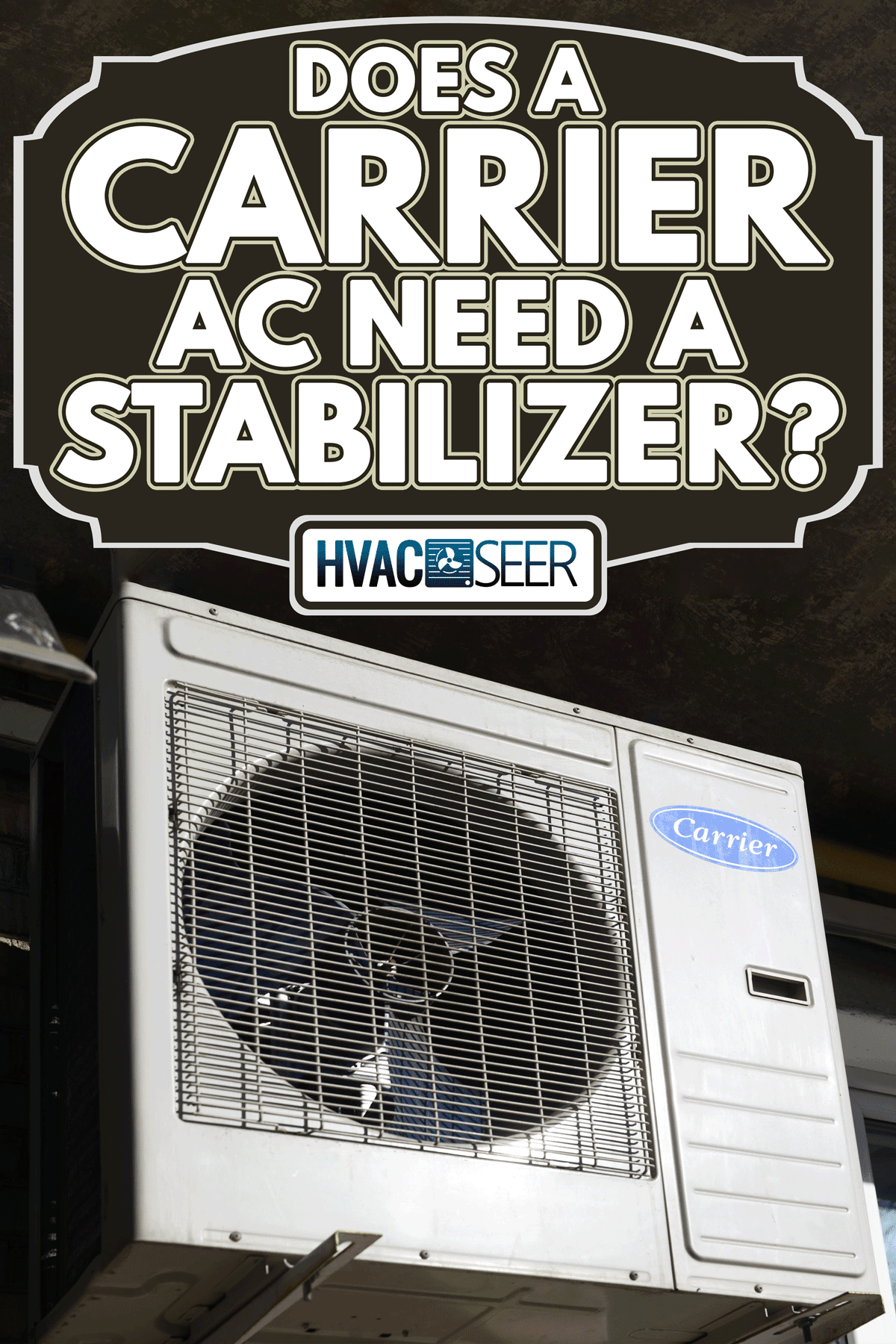
Why Stabilizers Are Important?
The stabilizer has the primary role of regulating the voltages' normalcy in the power installation of the air conditioner. They function in a "boost and buck" manner in which they add or subtract the unit's voltage with the end view of supplying consistent electric voltage. There should be no over-or under-voltages while operating your AC.
If there are erratic power fluctuations in your area, the stabilizer does its part. Without a stabilizer, it is not surprising that your AC unit may be subject to irreparable damage in just a matter of time. Ultimately, its serviceability life is shortened.
The stabilizer may be internal or external. As the name suggests, the internal stabilizer is built-in to your air conditioning unit and is one of the major components. In contrast, the external stabilizer is an attachment to your AC unit. In this case, it is considered an accessory; hence, it is bought separately.
Almost all types of air conditioners, such as portable, smart, and hybrid, can be connected to stabilizers in the market today. There is also the modern type which is the inverter air conditioner. The Carrier brand is well-known for this type.
Many homeowners, however, think that external stabilizers aren't necessary. They assert their stand based on the following arguments:
- Their location has a relatively stable weather temperature; hence, voltage fluctuations are remote.
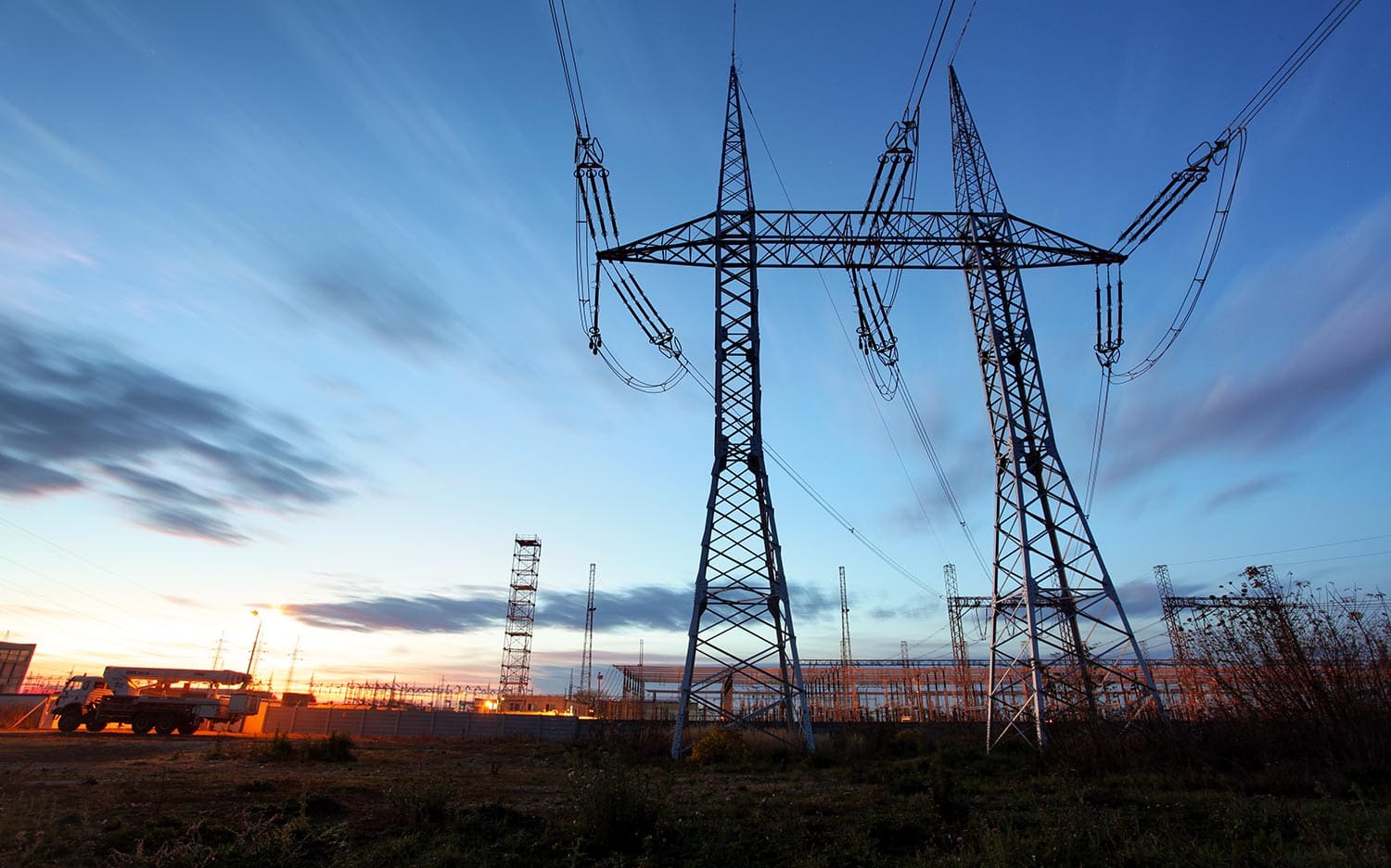
- They have the recent model of inverter AC that is equipped with a built-in stabilizer. They are confident that their unit has all the modern features and should have a mechanism to balance the power supply.
Why Do You Need to Have an External Stabilizer?
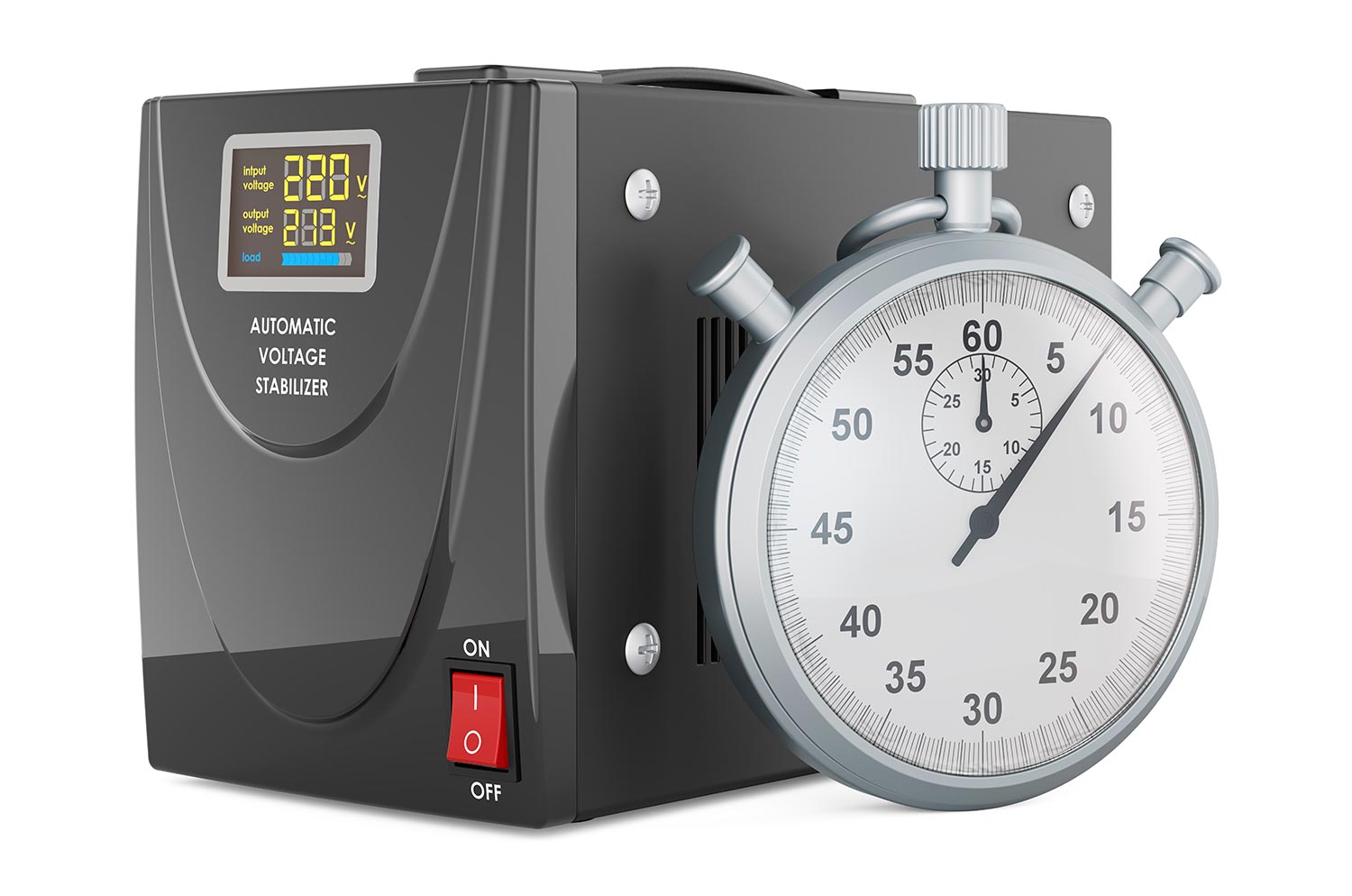
Recent AC models in the market today are inverter air conditioners. The inverter AC has a built-in stabilizer, and you would expect that it has all the modern features of an air conditioning system. It could withstand environmental elements, including power fluctuations. It can balance the power supply.
But why do HVAC professionals recommend having an external stabilizer? We list the reasons down below:
The external stabilizer serves as a backup to your internal stabilizer
If you closely read your AC's operating manual, a caption says, "the company can't guarantee the inbuilt stabilizer will be 100% from drastic power depletion".
In other words, the manufacturer emphasizes that the internal stabilizer can provide protection only within a specific voltage range. If the voltage drops below the minimum range at any time, the AC may stop running.
At the other extreme, if the power voltage gets too high, the internal stabilizer is pushed to an extreme load. When this happens, it tends to crank down and lose its functionality.
Therefore, there is a limitation of protection that internal stabilizers can offer. HVAC technicians still recommend that an external stabilizer be on standby if the internal stabilizer is pushed to its limit.
Based on this premise, there is a need for an external stabilizer if the range of voltage exceeds that of the capabilities of the internal stabilizer. In this case, the external stabilizer functions as a backup.
The external stabilizer can prolong the life of your air conditioner
The air conditioner is among the few home appliances that consume heavily on load or power. Because of this, the erratic levels of power supply that occur intermittently in your area can negatively impact your air conditioner.
Therefore, the external stabilizer protects your AC unit against damages due to power surges. Having a shield will prolong the serviceability of your AC unit. You get to enjoy its cooling capability for many years.
Nobody can predict the power fluctuations
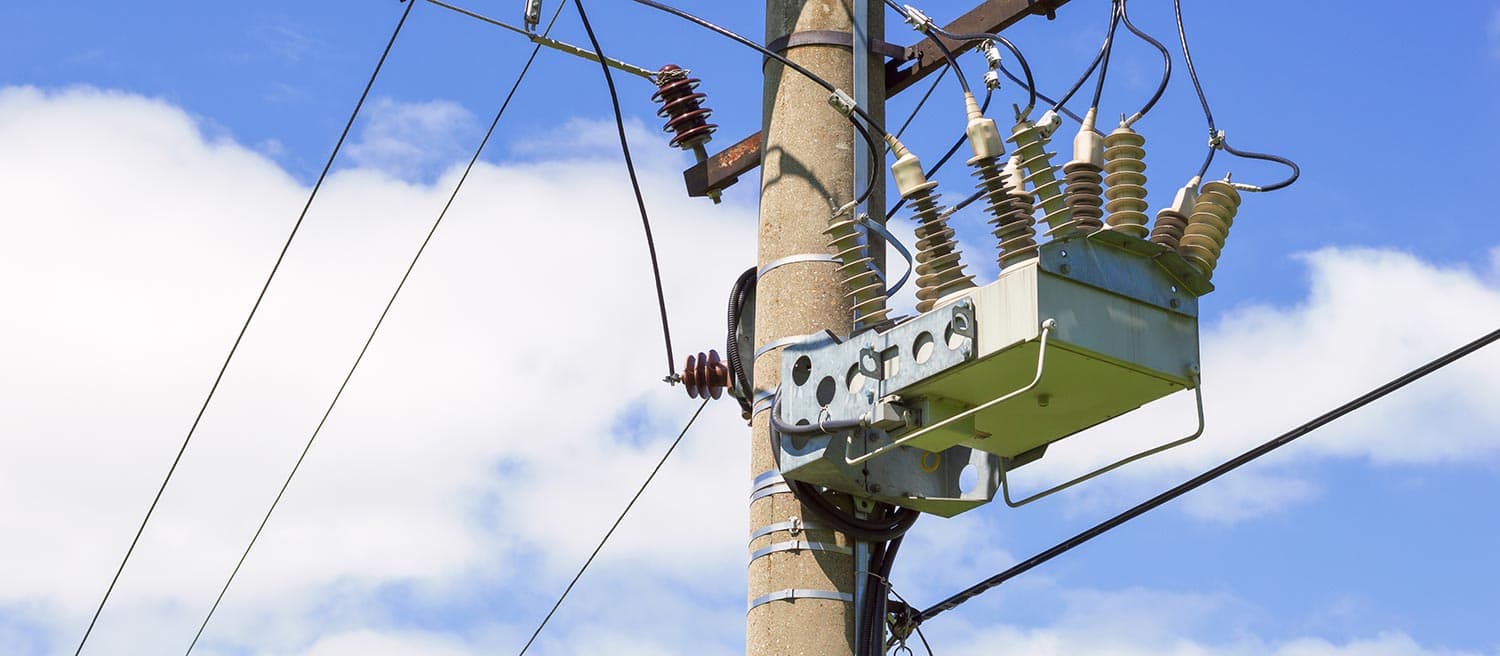
Even if you have been staying in your area for many years, you would think that you are confident about the trend of power fluctuations. Power fluctuations do occur, more or less, and you may not be aware if it is beyond your AC's operating range. So a stabilizer will protect your AC all the time.
The external stabilizer is an added layer of safety
Air conditioners contain flammable refrigerant. Unwanted mishaps such as voltage fluctuations, power surges, short circuits, or lightning may cause the unit to malfunction or even entirely stop functioning. And the worse, it may cause an explosion or fire.

Just for an added layer of safety the stabilizer offers, it can avert catastrophic damage.
When is an External Stabilizer Not Needed?
While an external stabilizer is highly recommended, there are inverter AC brands that market their product as a stabilizer-free operation. Indeed, you might not need an external stabilizer under the following conditions:
- The AC can work perfectly well even at a low voltage of about 100 volts. This holds true for Voltas inverter ACs.
- The built-in stabilizer can cut off the voltage if the power surges beyond its operating range. This applies to Daikin inverter ACs.
- The AC is equipped with a built-in stabilizer, the S-UTR compressor, that performs as a substitute for an external stabilizer. Samsung and Panasonic inverter ACs are examples.
- The AC has a built-in voltage stabilizer that operates in a range of 160 to 270 volts. Blue Star inverter AC claims this.
- Some brands, such as Lloyd, has an Electronic Expansion Valve that is capable of making the necessary adjustments to the flow of the refrigerant. This ensures that the unit's cooling functionality is not hampered even with fluctuating temperature levels.
- As discussed in the next section, the manufacturer's manual explicitly states "stabilizer-free operation," such as Carrier inverter ACs.
Is it Safe to Use Air Conditioner Without Stabilizer?
You can still use your air conditioner even without an attached stabilizer. This applies to whatever AC brand or type you may have. Just ensure that every component functions well. Also, make sure that you perform its preventive maintenance at least once a year.
In any case, external stabilizers are only an accessory to your air conditioner. You have the option to purchase or not, and you can still enjoy your AC's maximum performance.
You could determine the voltage range of your AC unit through the product specifications. For a precise measurement, you may consider getting an ampere meter.
Check out this product on Amazon.
What Are the Features of Carrier Air Conditioners
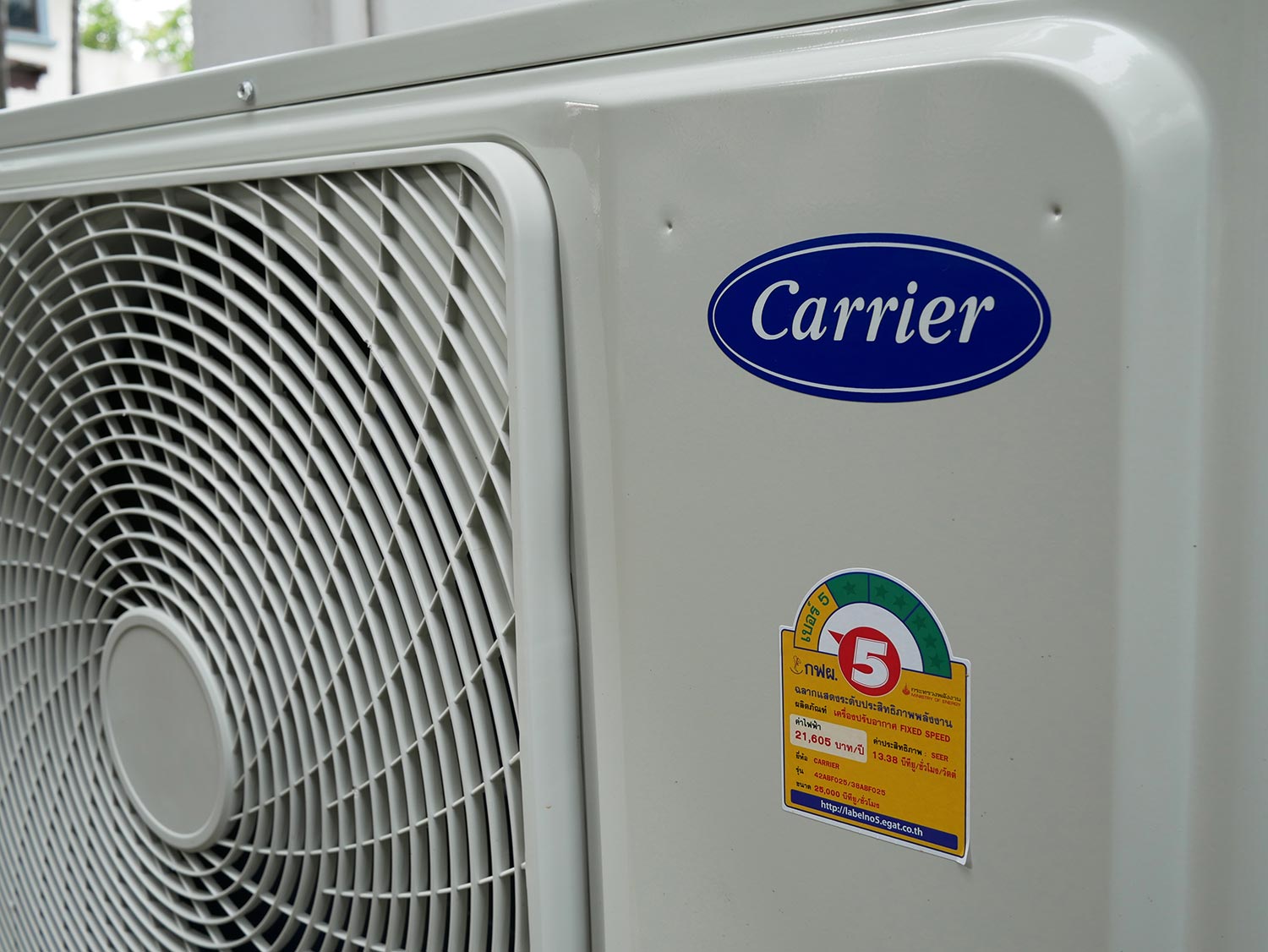
The Carrier brand has carved its own niche in the HVAC industry. Its flagship product line, the inverter air conditioner, has gained a significant share among other brands in this particular category. In a nutshell, it boasts these fantastic features:
- The compressor runs at variable speeds; thus, it operates efficiently.
- It adjusts the speed or tonnage according to your cooling needs.
- A high-speed compressor for faster cooling of your room.
- Low-noise operation so you can get a restful sleep.
- The varying cooling capacity affords it to function well even with fluctuating power.
- A dual inverter type AC that is capable of handling any voltage fluctuation that may significantly impact the unit.
More importantly, Carrier inverter air conditioners can balance the power supply within the whole unit. It boasts a 150 to 280 volts power range, wide enough to manage any power surge. This range is way beyond the standard voltage range of any good quality AC of 220 to 240 volts.
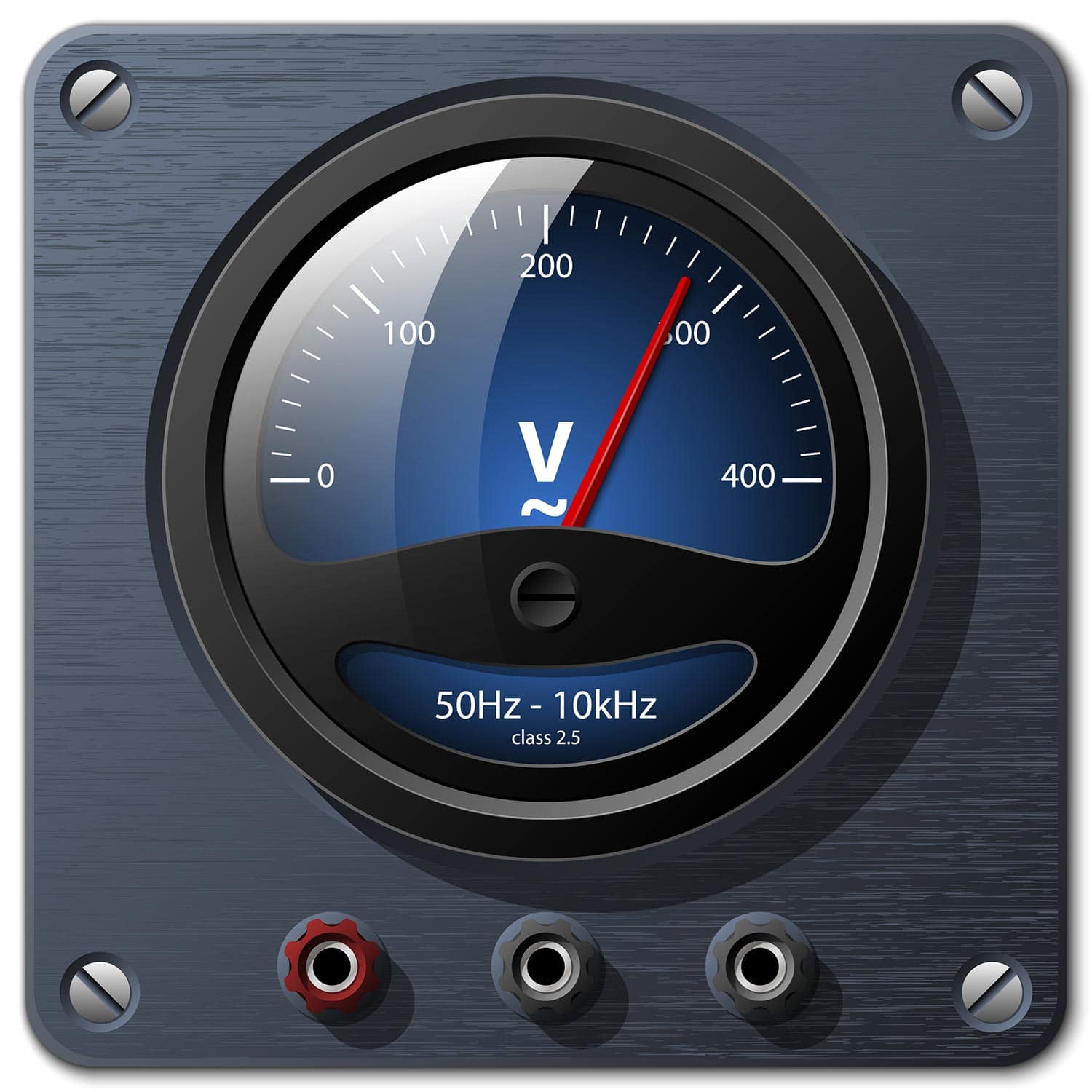
In this wide range, your Carrier air conditioner can manage the fluctuation within its system. Therefore, an external stabilizer is not required.
Advantages of No Stabilizers for Air Conditioners
While stabilizers for your home AC prove to be ideal. Having no stabilizers gives you many advantages as well. We list them down below:
- It saves space that you have otherwise allocated for a stabilizer.
- Gives a neat and decluttered look to your interior space.
- Gives a neat and sleek appearance to your AC unit, devoid of any attachments.
- It saves on electricity bills since your AC has no backup stabilizer.
- Savings from an outright purchase of stabilizer.
- You would otherwise have less worry and stress from spills, accidents, slippage, and maintenance for an additional electrical device.
The Takeaway
The standard electrical requirement for air conditioners is 220 to 240 volts. Carrier ACs, in all its inverter product line, operates in an impressive wider range of 150 to 280 volts.
Carrier air conditioners run on dual inverters. A broader range of power voltage can manage any power fluctuation. On this premise, an external stabilizer is not needed.
With this in mind, free yourself of worries and stress during power fluctuations. Getting a Carrier inverter air conditioner for your home requires no second thought.
If you have enjoyed reading this article, the articles below would be equally interesting:
American Standard Vs. Carrier: Which to Choose?

